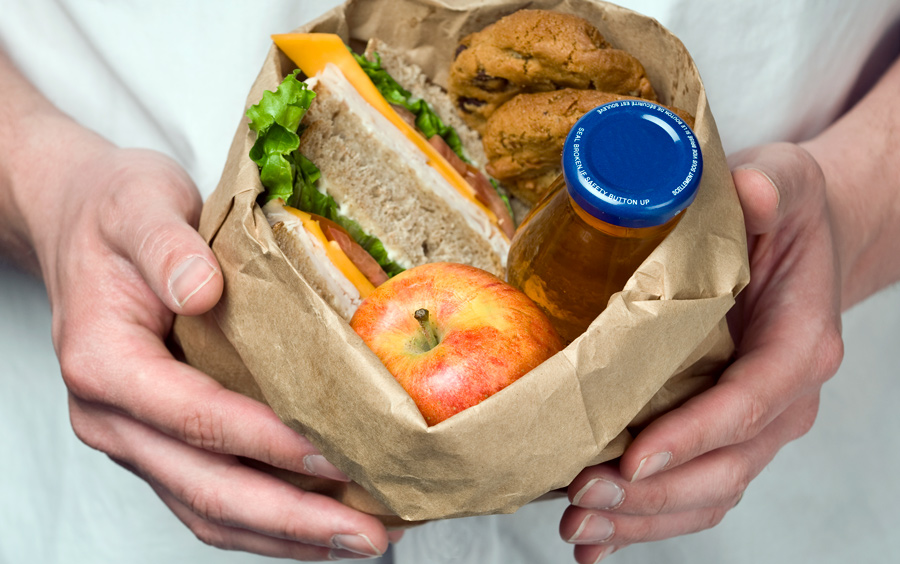
USDA waivers, authorized by Congress through the Families First Coronavirus Response Act of 2020, have allowed schools to provide free meals to any child up to age 18. Additional flexibilities have been instrumental in navigating difficulties in meal distribution and logistics. The waivers, together with remarkable dedication by food service staff, have enabled school nutrition programs to play an invaluable role in making sure all children can stay nourished and healthy during the COVID-19 pandemic.
The continuing resolution also appropriated funds for school nutrition and renewed the Pandemic-EBT program for the 2020–21 school year, including allowing states to extend P-EBT to younger children whose families receive SNAP (known as CalFresh in California) and who normally receive meals in childcare.
School meals are a key to health. A recent study in Health Affairs, “Impact Of The Healthy, Hunger-Free Kids Act On Obesity Trends,” confirms that students who eat school meals daily ate less saturated fat and sugar than students not eating school meals. In addition, the children who ate school meals had smaller increases in weight and obesity, thus showing the value of the new meal standards introduced through the Healthy, Hunger-Free Kids Act of 2010. Placing these health benefits in the context of California’s health portrait shows why we need to insist on school meal quality — and to do even better, and for more children. In just one marker of societal unhealthfulness, a 2019 analysis estimated that by 2030, 41.5 percent of California adults will be considered obese and 18.3 percent will be severely obese (that is, have a Body Mass Index of 35 or greater) if current trends continue. The young adults of 2030 are today’s children.

Strong school meal programs are needed and will continue to be needed until the economy recovers.
CSBA also supports the communication of innovative and best practices so that all children get the quality meals that many already receive. Throughout California, stand-out districts continue to provide fresh, healthy and often-locally grown food to students. One example is Santa Clara Unified School District, which sends out boxes of produce to schools from its own district farm.
UC Nutrition Policy Institute shares the vision that nutritious and appealing school meals be a part of every school day for every child. With an increased investment in children’s nutrition through universal meals and a higher reimbursement rate, school meals can be rethought to include improved nutrition and appeal, procurement practices that include increased reliance on local and sustainable food sources, less waste, simpler food service administration with lower administrative costs and universal participation, thus, less stigma. A quadruple win: for our children’s social and physical health, for the school environment and learning, for the school nutrition profession and for the environment.
For more from UC Nutrition Policy Institute on school meals during COVID-19, visit http://npi.ucanr.edu.